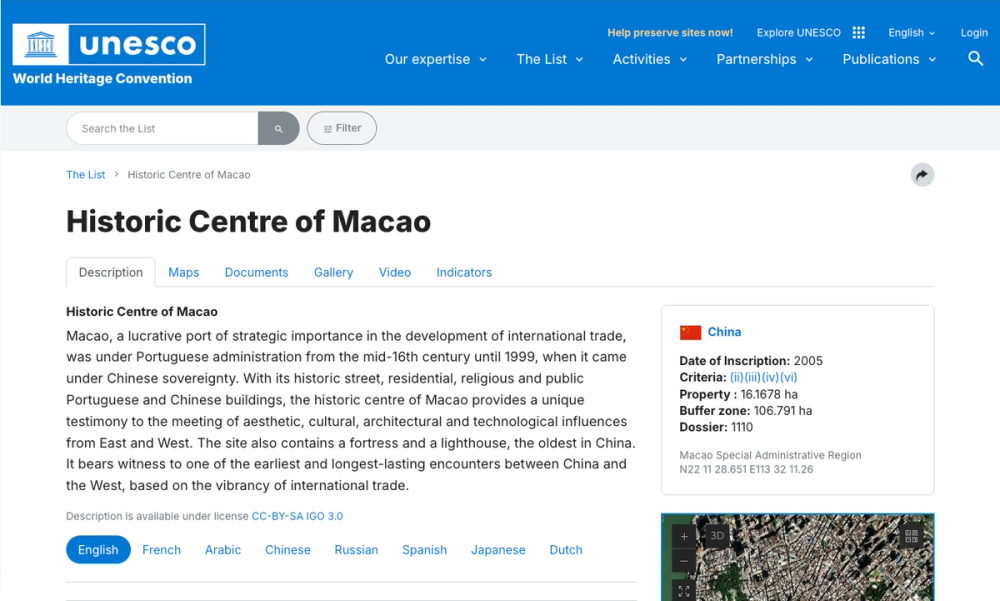Historical Significance
Mount Fortress, constructed between 1617–1626 by Jesuit missionaries, served as Macau’s primary defense against Dutch invasions, most notably repelling an attack in 1622. Originally part of St. Paul’s College, it later became the residence of Portuguese governors until the 19th century. The fortress was decommissioned in 1965 and transformed into a public park and museum.
Architectural Marvel
The fortress spans 8,000㎡ with:
- 9-meter-high walls made of granite and oyster-shell mortar, narrowing to 2.7 meters at the top.
- 32 cannons (British-made, 1860s) positioned along crenellated parapets.
- Southeast watchtowers and a hidden underground reservoir (now part of the Macau Museum).
Cultural Legacy & Modern Role
- UNESCO World Heritage Site (2005) as part of Macau’s Historic Centre.
- Macau Museum (1998): Chronicles Macau’s history across three floors, from pre-colonial times to its cultural fusion.
- Panoramic Views: The rooftop garden offers 360° vistas of Macau Peninsula, including the Ruins of St. Paul’s and Macau Tower.
Visitor Tips
- Best Time: Visit at sunset for fewer crowds and golden-hour photography.
- Access: Use escalators from the Macau Museum entrance (entry fee: 15 MOP).
- Nearby Attractions: Explore Senado Square (10-min walk) or Guia Fortress.
Mount Fortress stands as a testament to Macau’s colonial resilience, blending military history with cultural education and breathtaking scenery.




